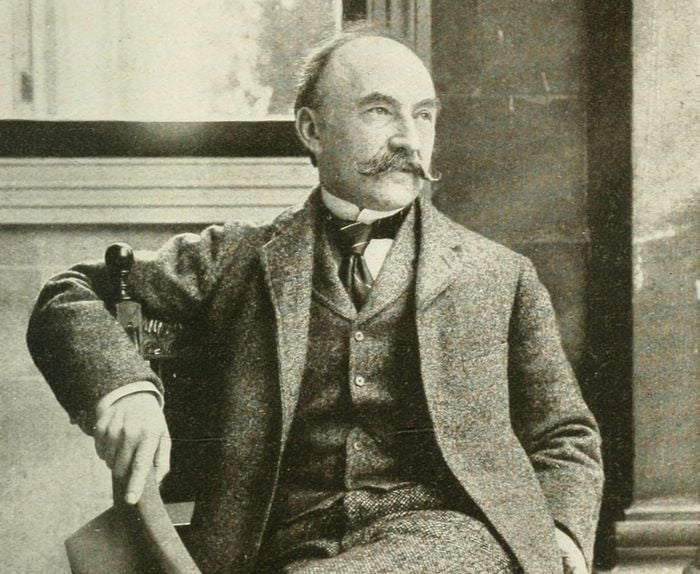The contribution of German writers to the technical development and the sum total of the world`s stories has been especially rich. Owing doubtless to the political vicissitudes of the German speaking peoples, and to the widely varying elements that combined through the ages to produce it, the short story literature of the Germans offers a greater diversity in subject matter and treatment than that of France or Italy or Spain.
There is a substratum of pre Christian folklore and tradition that has persisted through the centuries, lending to the stories of even the most recent writers a certain air of romance and mystery that is often lacking among the best productions of other lands.
German vernacular literature
The earliest specimen of German vernacular literature, the Lay of Hildebrand, a precious document dating from the early Ninth Century, happens to be a well told short story. The author was an Austrian, but it must be remembered that German literature as a whole embraces certain adjacent countries which, like parts of Switzerland and Austria, are essentially German, racially and intellectually.
As early as the second decade of the Eleventh Century there existed a fairly well defined fiction form. Ruodlieb, though it is too long for inclusion in this volume, is a genuine long short story. It was written about the year io3o. Not long afterward came the romances and Lays of chivalry, like the Gudrun, and somewhat later The Lay of the J Vibe lungs.
During the Twelfth and Thirteenth Centuries the courtly romances flourished; it was the age of the great Minnesingers, Wolfram von Eschenbach, Hartmann von Aue, and Gottfried von Strassburg, all of whom drew largely on France for their plots and characters. It is possible to select from the romances of these an infinity of episodes, like The Coming of Gandin (which appears in the following pages), which are true short stories.
With the decline of Chivalry and the growth of the merchant classes, the courtly tales languished. They gave way to such realistic work as Wernher the Gardner`s Farmer Helmbrecht (1250), and Reynard the Fox which, though in fable form, was a realistic work. This was followed by several imitations. Passing rapidly now to the period of the Reformation, we find a growing literature of and by the people—often formless and rambling, like Brant`s Ship of Fools, which dates from the early Sixteenth Century. Far better artistically is Wickram`s Galmy (1519), usually regarded as the first German novel.
The same century was especially rich in the collections of episodes like the celebrated Till Eulenspiegel, Pauli`s Jest and Earnest, and the Faust chapbooks. These popular works were accumulations of folklore, history, gossip, and the odds and ends of other literatures. The Italian Renaissance had also affected Germany, and influences from France continued as before. Boccaccio and Rabelais, together with their followers and imitators, were well known by the end of the Sixteenth Century.
Of a more original character is the work of Moscherosch, Grimmel hausen and his follower, Christian Weise. Grimmelhausen was the creator of the famous character of Simplicissimus. The Adventures of that remarkable person are still read with interest.
Under the influence of the pseudo classical Gottsched, about the middle of the Eighteenth Century, a new era dawned. Its most important contribution was the short verse fable and tale, which was perfected by Gellert, though others, like Lessing, tried their hand at it. By the end of the century, the Storm and Stress and later the Romantic movements, helped on by Goethe and Schiller, the Schlegels and several others, prepared the way for the first of the moderns, Hauff and Hoffmann and Zschokke.
The Nineteenth Century produced a large number of romantic writers who, in common with the French, evolved a highly finished type of short story. Supreme among these writers were Keller and Heyse, though the novelists Freytag, Auerbach, Spielhagen, Baum bach, and Reuter (to mention only a few) all wrote short tales. Toward the end of the century the short story became with certain writers, like Ludwig Thoma and others, the vehicle for the interpretation of peasant life, while with writers like Schnitzler and Bahr, Hartleben and Wedekind, it was largely an expression of the Time Spirit of all Europe.
The more recent writers, like Heinrich and Thomas Mann, Zweig, Wassermann, Sternheim and Kellermann have developed new varieties of form, and reveal the influence of the Russians to a marked extent.
Read More about The Jewish Mother 2








